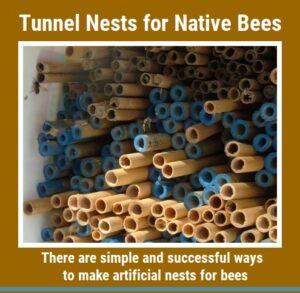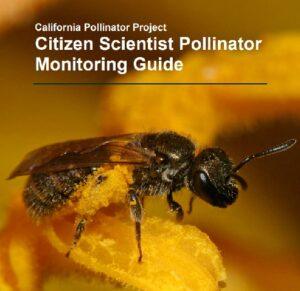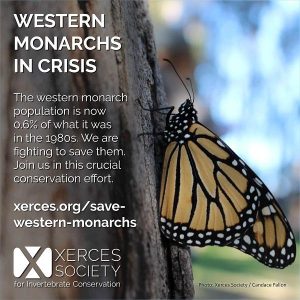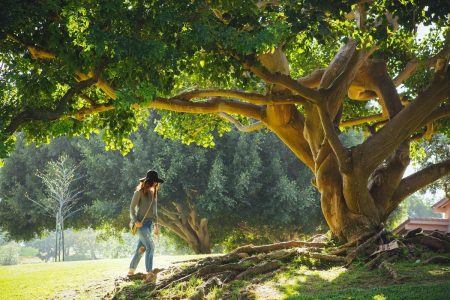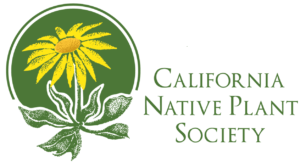
Pollinator Garden Resources
The creation of pollinator gardens in Seaside, California parks was launched with a two-year local project (2020-2021) to raise awareness about the importance of pollinators to our food systems and ecosystems. The plight they face due to habitat loss, pesticides, diseases, and large-scale agricultural practices, compounded by the impacts of climate change, make pollinator protection a priority.
INFORMATION & TIPS FOR A SUCCESSFUL POLLINATOR GARDEN
PLANTING NATIVE POLLINATORS
The Nature’s Seed California Coastal Native Wildflower Mix is a native seed mix that provides high-quality foraging and nesting resources for a diversity of pollinators. Visit the Nature’s Seed website for the list of annual and perennial plants included in the seed mix.
About 30 percent of the four thousand species of bees native to North America nest in small tunnels. There are many simple and successful ways to make artificial nests for native bees. However, keeping the nests clean is important to limit disease build-up and maintain healthy bee populations. Click the button below to learn how to make and manage nests.
In California here are more than 1,500 species of wild native bees that are important for the pollination of crops and wild flowering plants. Research has shown that when their habitat needs are met native bees can play a valuable role in pollinating crops. This is especially relevant today as the beekeeping industry continues to struggle with pests, diseases, and the phenomenon termed ―Colony Collapse Disorder
HELP SAVE WESTERN MONARCHS
The severity of the recent declines means that we need to act based on the available evidence. The western monarch population may collapse completely if we wait until all of the answers are fully in focus. Click the button below to learn the Top Five Actions you can take to reduce harm.
TREE PLANTING RESOURCES
Native trees are well-adapted to the local climate and tend to be resistant to local pests, which means they’ll have the best chance at survival. When you plant native trees, you help local wildlife thrive. Insects, birds, and animals depend on native trees for food and shelter, so they’ll thank you for planting them!
Click the button on the left to learn about the California trees that are native to your location.
CONSIDERATIONS AND TIPS
The following tree care tips will guide you through selecting the right location and maintaining your tree.
Our special thanks to the Xerces Society and the California Native Plant Society’s CalScape for creating many of these resources and for allowing us to share them with you.
THANK YOU TO OUR POLLINATOR PROTECTION PROJECT PARTNERS & SPONSORS
This project was a two-year collaboration by:
Friends of Seaside Parks Association (FOSPA)
CSUMB’s Return of the Natives Restoration Project
Photo images courtesy of Neil Harvey (bee), John Duncan (hummingbird), Aaron Burden (butterfly), and Kevin Young (trees) ~ all contributors to UnSplash.com, the internet’s source of freely-usable images.








